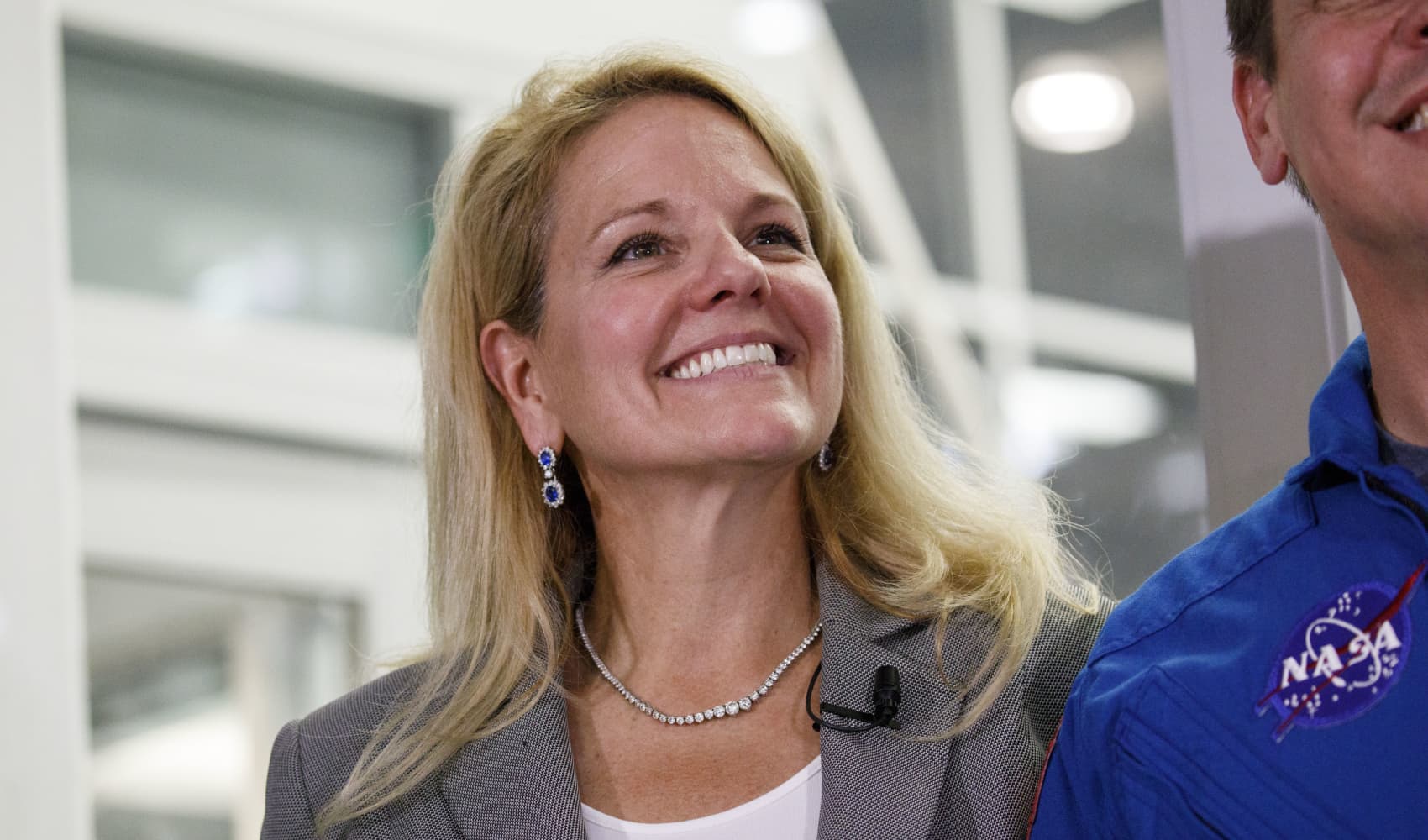
There's plenty of proof LinkedIn is one of the most popular job sites on the internet. More than 60 million people use LinkedIn to look for jobs each week, according to the site. And 117 job applications are submitted on it every second.
If you are looking for a job on LinkedIn, best practices include using the banner to show off professional accomplishments and keeping your experiences up to date. Plus, you'll want to take advantage of the recommendations section at the bottom of your profile.
"LinkedIn recommendations are an opportunity to reinforce what you are saying about your skills and qualities," says Angelina Darrisaw, career coach and founder of C-Suite Coach. "In some ways, they are validating that what you are saying about yourself is actually true."
Here's how to get them.
Find someone who can say how competent you are
In terms of who to ask, "I would say it's a best practice to ask for recommendations of people you've worked with, of anyone who's employed you," says Darrisaw.
More specifically, "the best recommendations come from someone who has a well built-out LinkedIn profile themselves," says Gorick Ng, Harvard career advisor and author of "The Unspoken Rules." He also recommends finding someone "who can speak specifically about how competent, committed and compatible you are." So you'll want to find someone you worked closely with for at least the duration of a project.
Money Report
Finally, "credibility in the labor market comes from the organization name or the job title," says Ng. If you worked with or for someone from a company that everyone knows or with someone in a management position, they could be a good source.
"The higher up you go, the sexier the job title or the more credible the job title," he says.
Feeling out of the loop? We'll catch you up on the Chicago news you need to know. Sign up for the weekly Chicago Catch-Up newsletter.
'You had a chance to see me do A, B and C'
Ask for recommendations soon after you've worked with someone because "you want them to remember what you did," says Ng.
When you reach out, let the person know you're building up your LinkedIn profile, including your recommendations section. Then let them know you thought of them "because we were working on a six-month-long project and you were my direct supervisor and you had a chance to see me do A, B and C." You can fill in those blanks with whatever you'd want them to highlight in the recommendation, like exceeding expectations or going above and beyond a benchmark.
Let them know the recommendation can be as short as one or two sentences and that there's no pressure for them to write it if they don't have time.
Ultimately, you don't need too many recommendations on your profile because a recruiter's likely not going to go through all of them.
"It's quality over quantity," says Ng. Up to three "really strong" recommendations is more than enough.
DON'T MISS: Want to be smarter and more successful with your money, work & life? Sign up for our new newsletter!
Get CNBC's free Warren Buffett Guide to Investing, which distills the billionaire's No. 1 best piece of advice for regular investors, do's and don'ts, and three key investing principles into a clear and simple guidebook.
Check out:
The top 3 things recruiters look for on your resume: Make it 'idiot-proof' to find them, experts say
A career coach's 4-step guide to using ChatGPT and LinkedIn for a successful job hunt
This common LinkedIn mistake can hurt your chances of landing a job offer—how to avoid it






